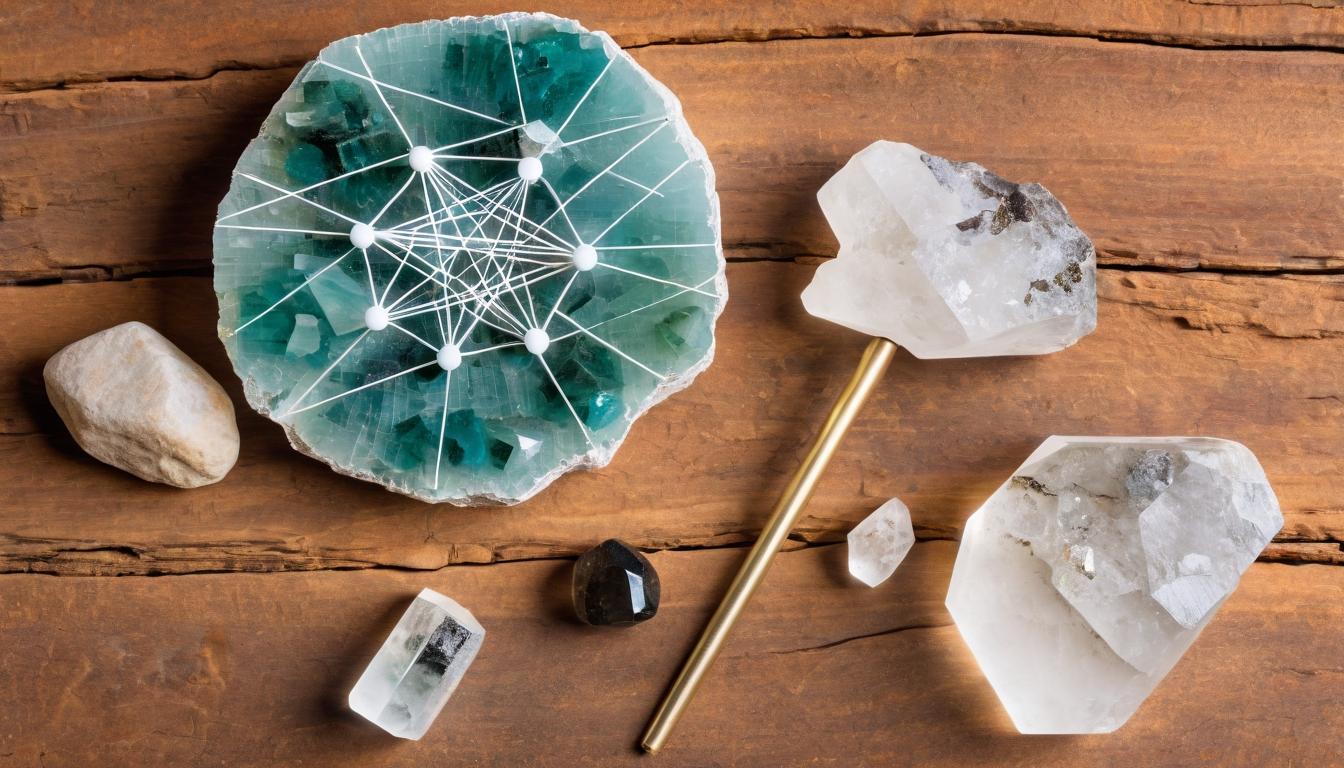In the dimly lit corners of New Age shops and the pristine displays of wellness boutiques, crystals have emerged from their geological origins to become cultural touchstones for millions seeking healing, protection, and spiritual connection. What was once the domain of mystics and shamans has now entered mainstream consciousness, but beneath the glittering surface lies a fascinating intersection of ancient wisdom and cutting-edge scientific inquiry.
For thousands of years, civilizations from the Egyptians to the Chinese have attributed mystical properties to crystals. Clear quartz was believed to amplify energy, amethyst to purify the mind, and rose quartz to attract love. These traditions weren't mere superstition—they represented sophisticated systems of understanding the natural world and humanity's place within it. Modern crystal enthusiasts often describe experiencing tangible effects, from reduced anxiety to increased focus, when working with these earthly treasures.
The scientific community remains divided on crystal healing's mechanisms. Skeptics point to the placebo effect—the powerful phenomenon where belief in a treatment can trigger real physiological changes. Yet some researchers are beginning to explore whether there might be more to the story. Crystals possess piezoelectric properties, meaning they generate electrical charges under mechanical stress. Quartz, for instance, is used in watches and electronics precisely because of this reliable energy conduction.
What if our ancestors intuitively recognized something that science is only beginning to quantify? The human body itself operates through electrical impulses—from brain waves to nerve signals. Could certain crystals interact with our bioenergetic field in ways we don't yet understand? Studies in quantum physics have revealed that at subatomic levels, everything is vibration and energy. Crystals, with their highly ordered atomic structures, may act as stabilizers for the chaotic energy patterns of modern life.
Beyond laboratory measurements, the psychological impact of crystals cannot be dismissed. In an age of digital overload and existential anxiety, holding a smooth, cool stone can serve as a mindfulness anchor—a tangible connection to the natural world that grounds us in the present moment. The ritual of selecting, cleansing, and programming crystals creates intentionality, which psychology confirms can significantly influence mental states and outcomes.
Perhaps the most compelling evidence for crystal healing comes from the countless personal testimonials. Cancer patients clutching amethyst during chemotherapy sessions report reduced nausea. Office workers keeping black tourmaline on their desks describe feeling protected from technological radiation. While anecdotal, these experiences point to a universal human need for symbolic objects that represent hope, protection, and connection to something greater than ourselves.
The commercialization of crystals raises important ethical questions. Mining practices in some countries exploit workers and damage environments. Conscious consumers are increasingly seeking ethically sourced stones and supporting fair trade initiatives. This movement toward ethical crystal acquisition mirrors larger shifts in spiritual practice—where mindfulness extends beyond personal benefit to global responsibility.
As we navigate an increasingly complex world, the appeal of crystals endures not because they offer magical solutions, but because they represent something profoundly human: the search for meaning, the desire for healing, and the connection between the microscopic structures of the Earth and the vast expanse of human consciousness. Whether viewed through spiritual, psychological, or scientific lenses, these geological wonders continue to captivate, challenge, and comfort us in equal measure.
The ancient art of crystal healing meets modern science

